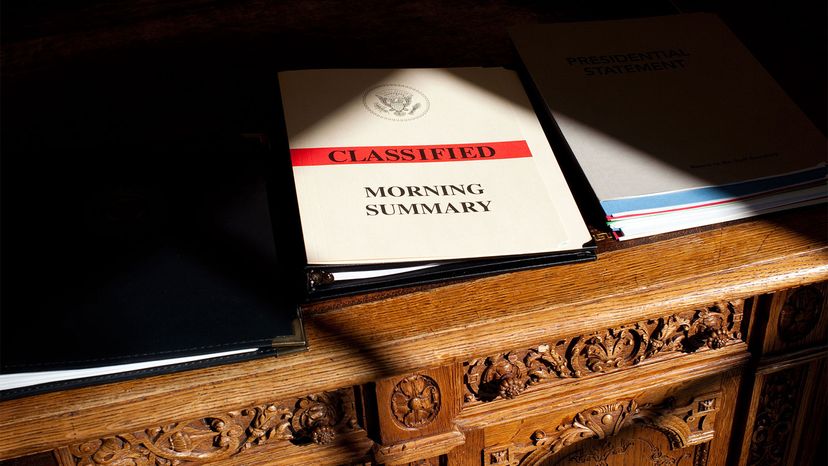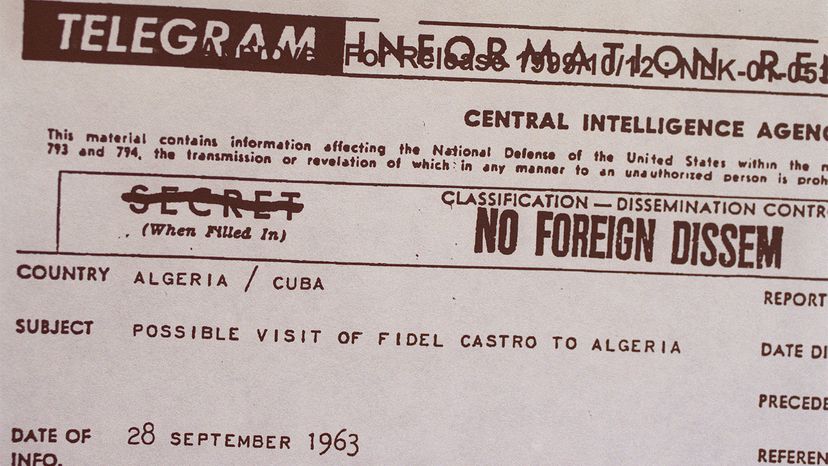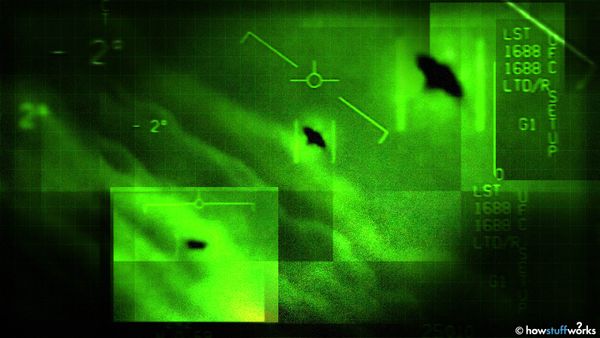
Key Takeaways
- U.S. Army planned a lunar base in 1959 to counter Soviet claims on the moon.
- Kennedy administration considered invading Cuba in 1962, expecting heavy casualties.
- CIA used 'Enhanced Interrogation Techniques' on al-Qaida detainees in 2004.
Over the decades, the U.S. government has generated almost unimaginably vast quantities of documents — possibly in the hundreds of millions — containing information that officials deemed too sensitive to be made public. It's a trove of information that contains, in bits and pieces, a hidden history of wars and diplomacy, of spies and secret weapons and presidents' most fateful decisions.
"Declassified government documents are absolutely vital to our understanding of the history of U.S. national security policy," Jon DiCicco, professor of political science and international relations, Middle Tennessee State University, explains via email. "Such documents are windows into the inner workings of the U.S. government and national security establishment."
Advertisement
Sometimes, they can take many years to surface. Back in 2011, for example, the U.S. Central Intelligence Agency (CIA) finally declassified what it said were the U.S. government's oldest classified documents, one of which had been secret since 1917. The papers, which described methods for creating invisible ink and opening sealed letters, were deemed releasable because "recent advancements in technology" made the information no longer sensitive, then-CIA director Leon Panetta explained at the time.
Most classified documents aren't supposed to stay hidden forever. A 2009 executive order issued by then-President Barack Obama generally compels classified documents to be marked for automatic declassification 10 to 25 years after release — though a few exceptions, such as information that identifies a confidential human intelligence source or design details for weapons of mass destruction, can be kept from public view indefinitely.
"The burden is on the intelligence agency that produced the intelligence," says Larry Pfeiffer. He's a 32-year veteran of the U.S. intelligence community who now is director of the Michael V. Hayden Center for Intelligence, Policy and International Security at George Mason University's Schar School of Policy and Government. "If they want to keep it classified, they have to have some very compelling reasons to do it."
The government has so many secrets that sifting through them and figuring out what is eligible for release is a daunting task. In 2017, the most recent year for which statistics are available, federal agencies reviewed 83.8 million documents, of which 46 million — slightly more than half — were declassified.
Pfeiffer says that declassification actually benefits U.S. intelligence agencies, because it helps the American public to understand what U.S. intelligence agencies do, and why their mission is important.
"The [public] tolerance for the secrecy of these organizations has become smaller," Pfeiffer says. "There's a demand by people to have a greater understanding of what their intelligence agencies actually are up to ... And the intelligence agencies are incredibly powerful and outrageously secret. So over time, for the intelligence community to continue to be able to do the great work it does to protect America, it needs to have the trust of the American people. And, in order to obtain that trust, we need to be willing to kind of lift the skirt a little bit and show people what we're really up to."
Here are six surprising revelations that have emerged in recent years from declassified documents. Many are available from the website of George Washington University's National Security Archive, an organization of journalists and scholars that has amassed what may be the largest collections of formerly secret government information.
Advertisement


